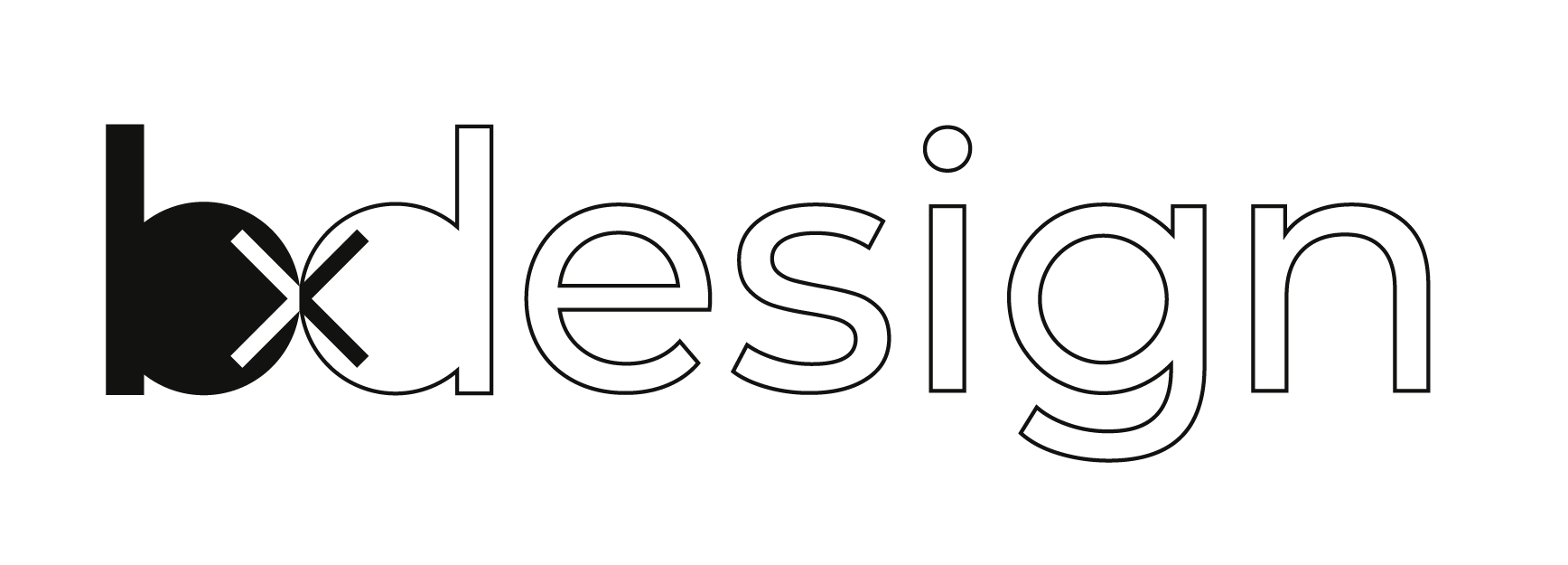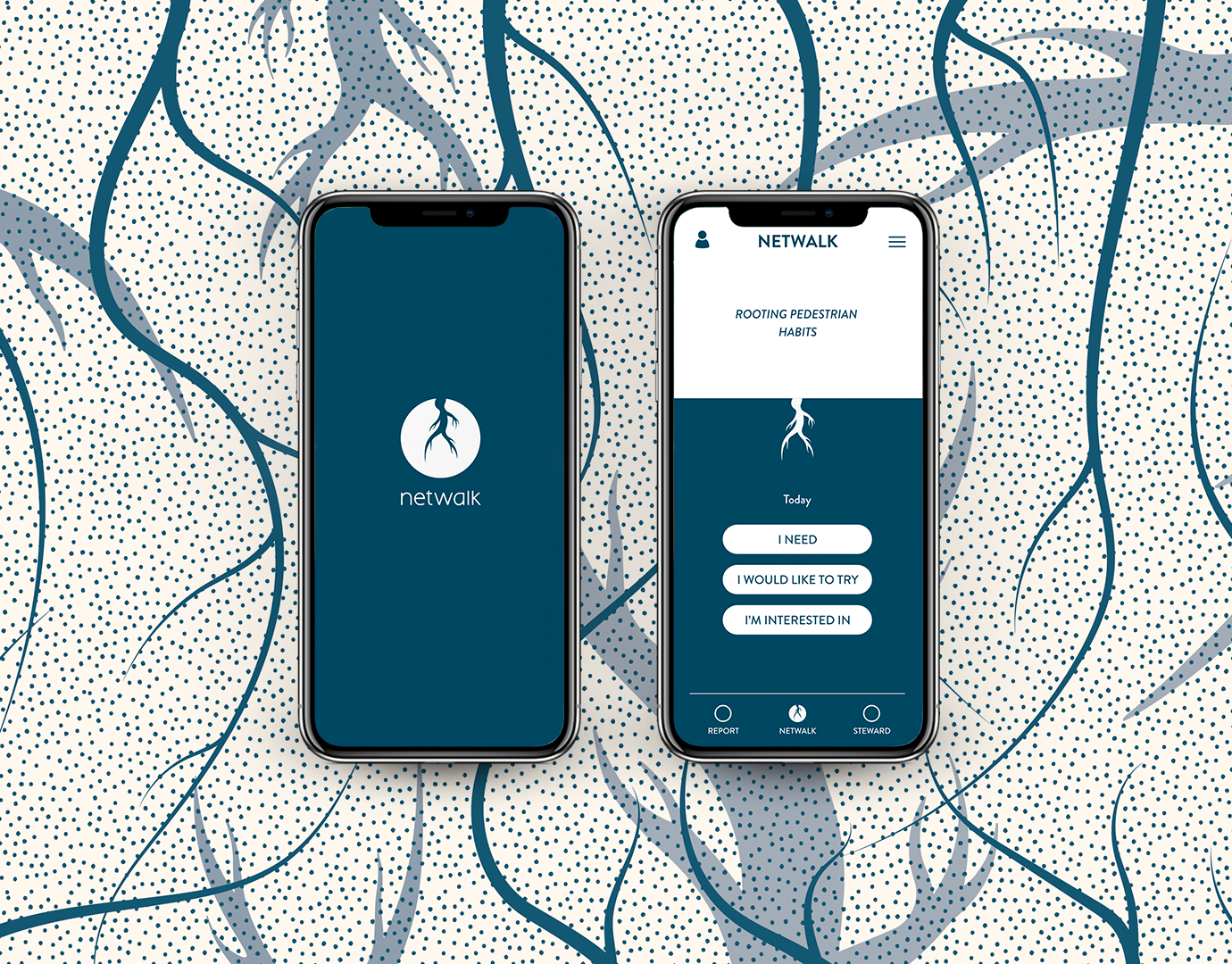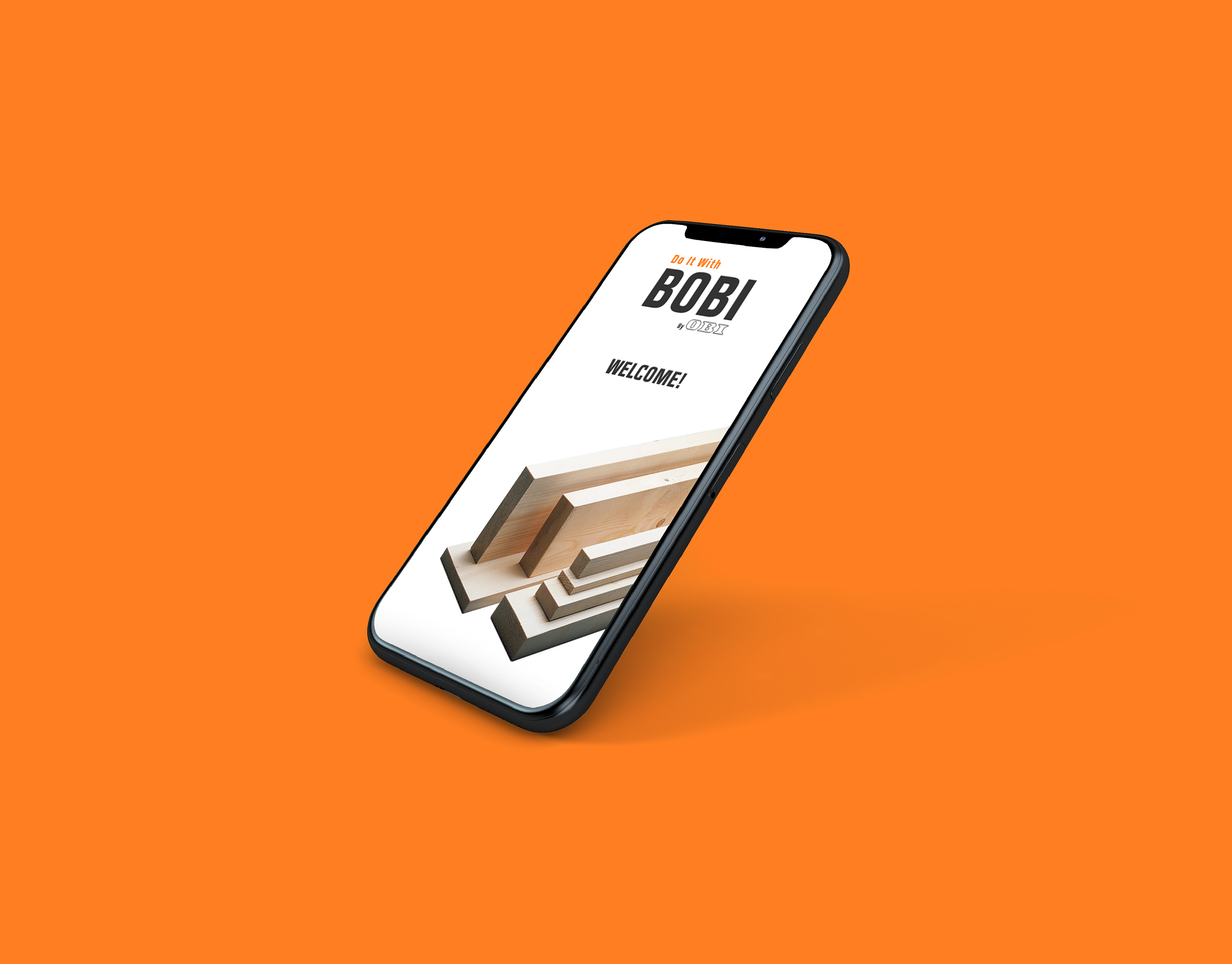Interview forms reporting the user's point of view on the key concepts and the result of simple tests
Insight maps, connecting all the concepts discussed during the interviews and the most valuable quotes from participants
The five main personas defined at the end of the Discovery phase, with their relative How Might We question
Live tests of low-fidelity prototypes
Interview forms reporting the user's comments on the concepts proposed
Diagram combining insights from three weeks of prototype tests and the insights from the interviews during the discovery phase
Design principles, the guidelines for the development of three scenarios and solution concepts


